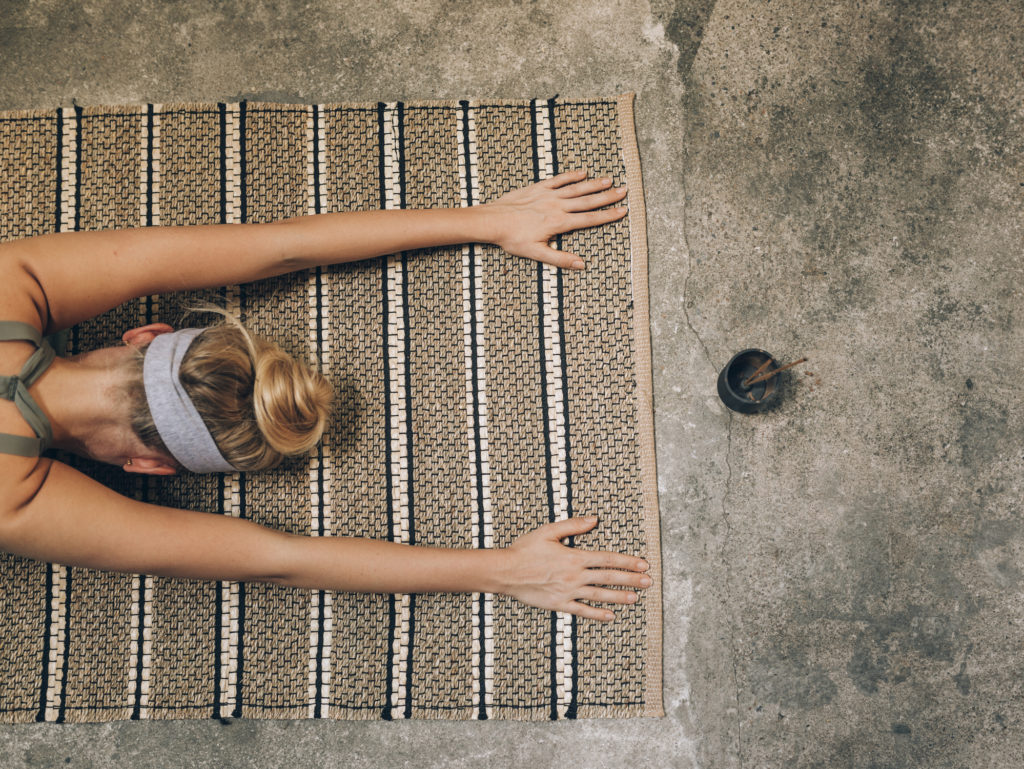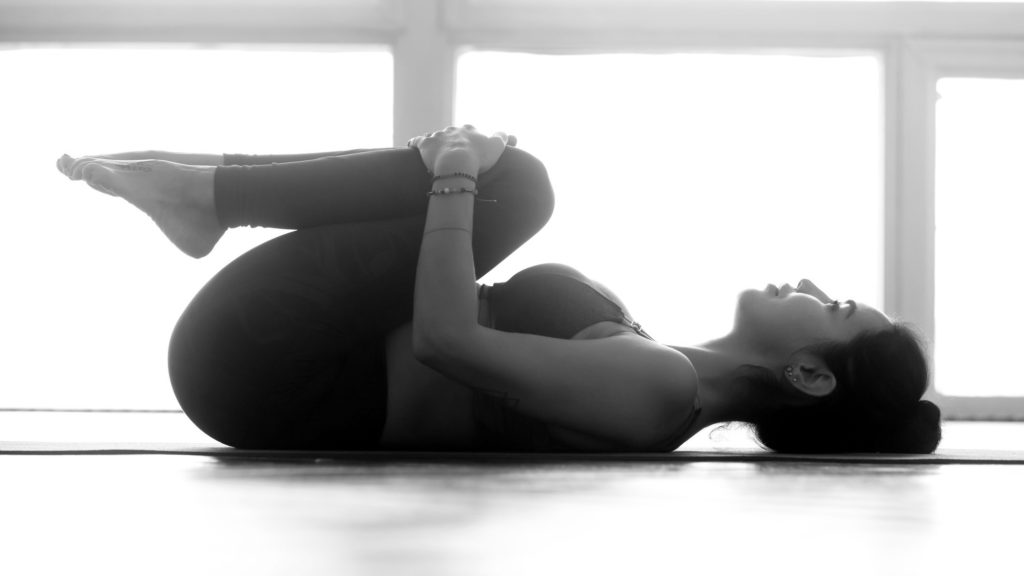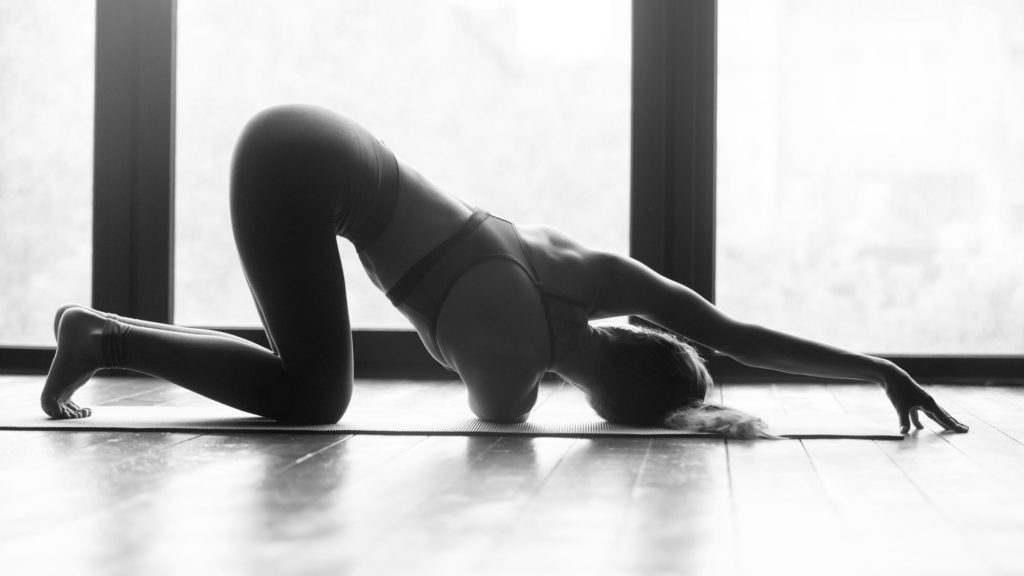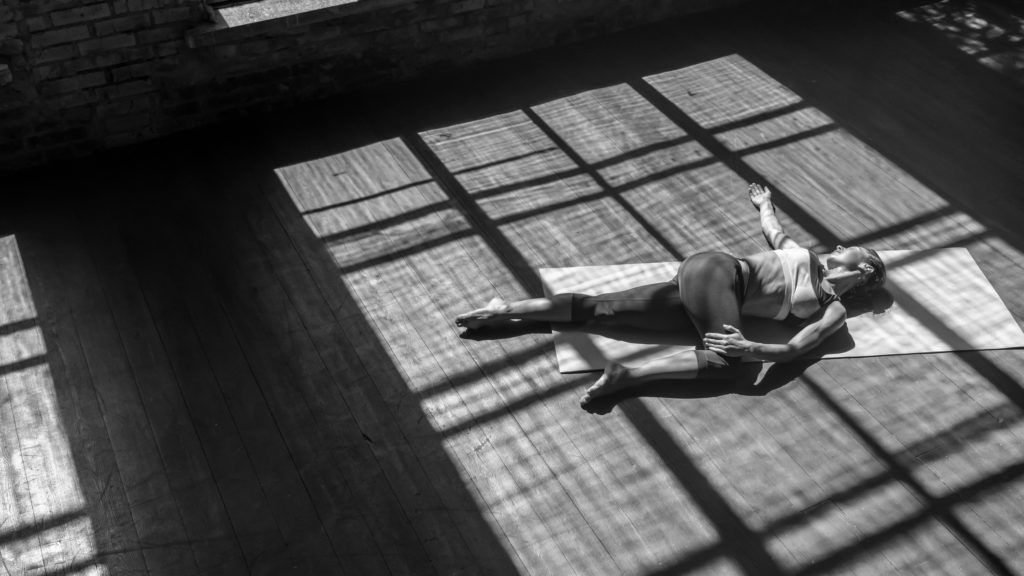
Yoga is an ancient religious and spiritual practice with thousands of years of history attached to it. Still, you can benefit from its asanas (or poses) without the hefty historical, philosophical, and metaphysical context behind it. At their core, asanas are positions and exercises that are meant to partner with intense meditation and self-reflection within the larger concepts of yoga as a religious practice. When practiced casually, they can act as ideal stretches and exercises to promote better blood flow, work up a light sweat, and reduce pressure on the spine – all excellent things for a spinal condition like sciatica.
Why Posture Matters for Sciatica
Sciatica is a condition characterized by compression or pinching of the sciatic nerve at some point in the body, usually at one of its nerve roots near the lower back or further down underneath the buttocks’ piriformis muscle. The sciatic nerve is the longest in the human body and stretches from its origin points to our feet’ spine’s bottom portion. Pressure on the nerve can cause discomfort, tingling, weakness, and different pain sensations throughout one leg, particularly in the buttocks, thighs, calves, and feet.
Stretching the body in different ways can relieve the pressure on the nerve by stretching a contracted muscle, relieving pressure from a swollen or herniated disc in the lower back, and shifting weight away from the side of the body where the pain is originating. Whenever the pain subsides, yoga poses can act as mild physical exercises to strengthen the muscles surrounding the spine and legs, preventing relapses and future sciatica instances. Not all yoga poses make a difference for people with sciatica.
A common pose such as the cobra pose, for example, could potentially exacerbate symptoms for patients whose pain originates in the lower spine as a result of spinal stenosis or a degenerated or herniated disc. But when executed right on days with no pain, the pose could help strengthen the muscles in the back and buttocks, preventing a recurrence of sciatica. It is best to work with a professional, such as a doctor or physiotherapist with spinal conditions, when considering yoga poses for sciatica and other pain relief and prevention activities.
Top Yoga Poses for Sciatica
These poses primarily focus on relieving stress and tension from the spine and buttocks, stretching the butt and upper thigh muscles, or mechanically and safely bending the spine without loading it to relieve pressure on the nerve roots. Some of these poses and exercises are better suited to different origins of sciatica. There are other considerations before beginning an exercise plan involving yoga, such as a history with back pain of other sorts, careful supervision for those who have never tried yoga before, and making sure not to train while under the effects of certain medications. Clear these concerns and others with a medical professional before continuing.
Knees-to-Chest Pose

- Lie on your back on a mat, and gently bring one knee up towards your chest while the other leg remains straight on the ground. Clasp your hands together under your knee, pressing them against your chest while breathing deeply and slowly. Release gently and repeat with the other leg.
Thread the Needle Pose (Hip Version)

- Starting in the same lying-down position. Bend one leg so your foot is planted a little higher up, closer to the buttock, and your knee is pointing at the ceiling. Bring your other leg up towards the ceiling and rest your ankle against the raised knee, as though you were emulating sitting with one leg up.
- Clasp your hands around the back of the knee of the leg that is still planted on the ground and pull it towards you. You should feel a stretch in your other hip as you use your leg as leverage to stretch the other leg. Breathe, release, and repeat.
Spinal Twist Pose

This is a gentler pose than it sounds and involves slowly and carefully extending the space between the vertebrae to relieve pressure in the spine and decompress your lower back while stretching the buttocks and piriformis.
- Sit on a comfortably padded mat or blanket, and bring your right foot under your left knee, around to your left hip. Your left knee should be pointing up towards the ceiling, while your left foot is firmly on the floor outside of your right thigh. Hold your left knee to sit up straight and lengthen the back. You can pull your left knee more towards the right to stretch the left hip further.
- Then, use your left knee as leverage to gently twist your upper body towards the left while keeping your left knee to the right. Find your limit, move slowly, and exhale with each stretch. You can repeat this with the other knee, bringing your left foot underneath the right knee towards your right hip and using the right knee to stretch the hip and back. This can also be performed lying down.
Always Warm-Up and Stretch First
Warming up is proven to be an important part of any training regimen to reduce the risk of injury, helps improve physical recovery, and prevents or reduces soreness so you can work out again sooner. While yoga exercises are not meant to be extremely rigorous and do not place as much stress on the joints as some other common sports do (such as contact sports and jogging), to the untrained, holding yoga poses can be very challenging for the body and trying to stretch your muscles to their limit while not warmed up could lead to more pain. Studies also show that muscles reach their physiological limits much sooner when not warmed up to core temperatures.
In other words, less energy is necessary to induce a muscle tear (or cause plain old muscle fatigue) when a muscle is “cold” versus when it is warmed up to core body temperatures. Different techniques for warming up might include brisk walking, non-ballistic and slow dynamic stretching (arm and leg swings, standing knee hugs, slow bodyweight squats), or the use of light resistance bands (pull apart, press-ups against a wall, lunges with bands). Certain warm-up techniques will be better suited to different people, based on training history and activity levels. A physiotherapist would be able to help you devise a simple training regimen suited to you.
Listen to Your Body (and Avoid Pain)
“No pain, no gain” is a very misleading statement. While it is true that some level of activity is always going to result in soreness, that kind of discomfort is vastly different from the sort of pain someone might experience when dangerously overstepping their limits or flaring up an old injury. Good yoga practices are meant to relieve pain during sciatica and potentially prevent pain whenever the sciatic pain diminishes. If you feel pinching, tingling, sharp pains, or severe discomfort during or after an exercise, consult your doctor or physiotherapist.
Do Not Train With Sedatives
For the same reasons stated above, it is not a good idea to train while under the effects of a sedative or painkiller. This can delay your perception of pain while training and cause you to potentially do damage to yourself and worsen a condition without knowing it.
Considerations for Hypermobility
Physical flexibility is not a bad thing, but neither is a certain rigidity level, particularly around the spine. Hypermobile joints often correlate heavily with certain pain conditions as the bones’ ligaments are worn down and deteriorate. Yoga poses for sciatica that encourages greater flexibility might lead those with a natural predisposition to flexibility to do more harm than good to themselves, particularly if they take it to their limits. Light stretching can help some good for someone with mild sciatic pain; overdoing it because of one’s own hypermobility might worsen the problem.
There are other exercises and ways to compensate for hypermobility, including core strengthening exercises, anti-rotation and flexion training, and activities that focus on building muscles to support a rigid trunk and spine. Consult a specialist on spine conditions and hypermobility to discuss your best options for physical therapy. Overall, many different forms of exercise – be they walking, yoga, or advanced strength training – can help people from different walks of life relieve pain and prevent recurring spinal health issues. But it is important to suit your exercise plan to your own needs and circumstances.
Take the First Step Towards Pain-Free Living Today

